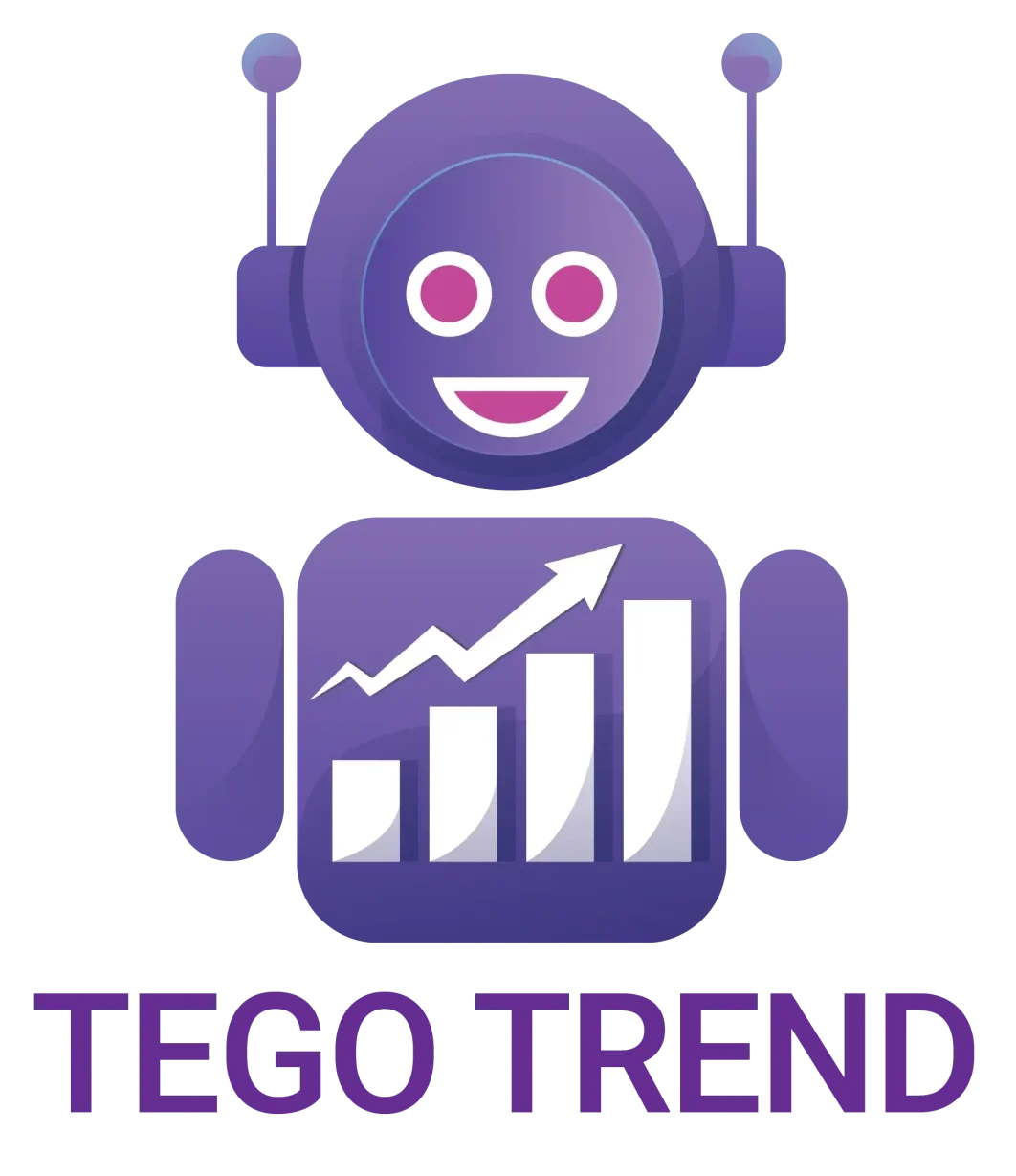Advanced Automated Trading Strategies: Achieving Long-Term Profitability
When it comes to automated trading, achieving long-term profitability is no easy task. With many factors influencing financial markets, such as economic fluctuations and political conditions, creating advanced automated trading strategies is critical. This article explores some advanced strategies that can help achieve sustainable and long-term profitability using automated trading systems.
- What Are Advanced Automated Trading Strategies?
Advanced automated trading strategies use sophisticated techniques to analyze markets and make trading decisions without human intervention. These strategies rely on algorithms that utilize historical and real-time market data, such as prices, trading volumes, technical indicators, and economic data.
These strategies are more advanced than those based on simple rules, like moving averages or traditional technical indicators. They aim to improve long-term profitability by leveraging tools such as machine learning, advanced technical analysis, and economic models. By integrating these tools with advanced algorithms, traders can reduce risks and maximize returns.
- The Importance of Advanced Automated Trading Strategies
The importance of advanced automated trading strategies lies in their ability to:
- Achieve Sustainable Profitability: By continuously analyzing market data, automated systems can identify optimal opportunities for entering and exiting trades.
- Reduce Emotional Influence: Automated trading relies on data-driven decisions, free from emotional factors like fear and greed that can lead to irrational choices.
- Adapt to Market Volatility: Automated trading systems adapt to market changes faster than humans, enabling them to capitalize on opportunities that manual traders might miss.
- Advanced Automated Trading Strategies
- Strategies Based on Machine Learning
Machine learning is a powerful tool used in advanced automated trading strategies. By employing algorithms that learn from historical data, trading systems can predict market movements. Techniques like artificial neural networks, random forests, and logistic regression are used to create models that forecast market trends.
For instance, a machine learning program can learn from past trading data to identify patterns that precede significant market movements and apply these patterns to guide future decisions. These systems can adapt to market volatility, enhancing their ability to achieve long-term profitability.
- Trading Using Advanced Technical Analysis
Technical analysis is a fundamental tool for automated traders to analyze price movements. However, advanced strategies go beyond traditional technical analysis by incorporating sophisticated models like modified Relative Strength Index (RSI), advanced stochastic indicators, and correlation coefficients.
By combining these advanced indicators with algorithms, automated systems can identify entry and exit points more precisely, considering current and future market conditions. For example, a system might determine the optimal moment to buy or sell based on the RSI crossing a moving average, along with corrections in historical data.
- Automated Hedging Strategies
Hedging is an essential tool in risk management, and it can be applied automatically using complex strategies. Automated hedging involves opening opposing positions in the same market or correlated markets to balance risks. For example, if an automated trader holds a long position in a specific market, it might open a short position in another closely related market as a form of hedging against potential losses.
Hedging can also be used to increase returns in stable market environments or during significant market fluctuations. Automated hedging allows traders to strategically reduce risks while maintaining potential opportunities for profit.
- Trading Using Advanced Market Patterns
Another critical strategy for advanced automated trading is leveraging advanced market patterns, such as chart patterns that require complex analysis to identify. These patterns might include triangles, flags, rectangles, and double tops and bottoms. Advanced automated trading systems can detect these patterns early, allowing them to execute trades based on these patterns faster and more accurately than human traders.
By automatically identifying these patterns, the system can predict future market movements with high accuracy, enhancing entry and exit strategies and ensuring long-term profitability.
- Trading Using Artificial Intelligence (AI)
Artificial intelligence is one of the most advanced tools in automated trading. AI systems can adapt to market changes, learn future patterns, and analyze data faster than humans. These systems use techniques like deep learning to identify complex patterns in historical and real-time data.
AI systems can analyze millions of data points in moments, making them more efficient at handling sharp market fluctuations. With advancements in these systems, they can even predict future economic impacts based on current data.
- Challenges of Advanced Automated Trading Strategies
Despite the potential for significant profits, advanced automated trading strategies come with challenges:
- Programming Complexity: Designing complex automated trading strategies requires advanced programming skills and a deep understanding of financial markets.
- Unexpected Market Volatility: Algorithms may struggle to predict sudden market fluctuations caused by unexpected economic news or political crises.
- Over-Optimization: Excessive attempts to optimize algorithms may result in overfitting to historical data, reducing adaptability to future conditions.
Advanced automated trading strategies represent a path to achieving sustainable and long-term profitability in financial markets. By incorporating techniques like machine learning, advanced technical analysis, and hedging, automated trading systems can deliver outstanding performance. However, these strategies must remain flexible to adapt to market fluctuations.
If you’d like to learn more, explore our Automated Trading Learning Series on YouTube through the following link:
Watch the series here


